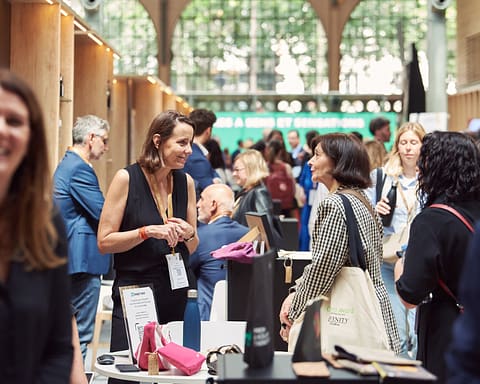[vc_row][vc_column][vc_column_text]
[/vc_column_text][/vc_column][/vc_row][vc_row][vc_column][vc_column_text]
After a luxury repositioning in the early 2000s, the Kering group has managed, over two decades, to build a solid business model based on the acquisition of exceptional homes, the creation of value and a culture of responsibility. A unique business model that continues to bear fruit: in the last quarter of 2019, the group still recorded strong and profitable growth despite the crises. Analysis of an archetype of success.
A 360 ° turn towards luxury
It all began in 1999 when the Pinault-Printemps-Redoute (PPR) group, founded in 1962 by François Pinault, decided to withdraw from mass distribution and invest in the luxury sector. The group then sells its subsidiaries one by one (Printemps, Conforama, Fnac, La Redoute, etc.) and then buys – totally or partially – large luxury groups such as Gucci and Sanofi Beauté (which owns Yves Saint-Laurent).
This article is reserved for subscribers.
Subscribe for FREE for 1 month with the promotion code TELEWORK!
Unlimited access to all the articles and live an original reading experience, preview content, exclusive newsletters …
I subscribe!
Already have an account? Log in.
Featured photo: © François-Henri Pinault / Wikipédia
[/vc_column_text][/vc_column][/vc_row]




































